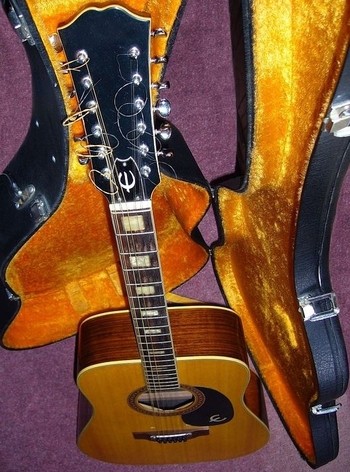
While nothing can take away your trained and honed talent with a musical instrument, one wrong step during a move or trip can easily break the expert craftsmanship of a cello, violin, flute, or other delicate instrument. Given the sheer cost of investing in a musical instrument, you should take extreme care when traveling long distances with your prized possession. Each instrument requires its own set of precautions, but once you have a grasp of the basics you can rest assured knowing your property is protected.
Stringed Instruments
When it comes to guitars, violins, and other relatively small stringed instruments, extreme care is needed because of their delicate build. Carelessness in moving these instruments has led to the development of a widespread musical instrument repair industry throughout the United States, but taking the right steps should save you the cost of repairs. The first step is to loosen the strings. Pay special attention to those with tuning keys, which must be turned to lie parallel with the instrument’s headstock. This step is vital if you’re traveling by plane, as air pressure within the cargo hold will likely cause unloosened strings to snap.
To protect the body of the instrument, a carrying case may not be enough, as it can still shift around the case if stored in the back of a truck, bus, or other motor vehicle. Therefore, it’s wise to add extra packing material to help stabilize the body of the instrument. However, you need to choose your packing material wisely. Avoid small materials like shredded paper or foam peanuts as these can enter holes in acoustic guitars, violins, and similar instruments. Instead, use bubble wrap to fill empty spaces in your travel case.
Woodwind and Brass
The most important step in transporting brass and woodwind instruments is to disassemble them. While it may seem tedious to have to keep track of each individual component, it enables you to more securely wrap and pack each part. Wrap each piece tightly in bubble wrap, several layers of thick paper, or cloth material like towels. Once boxed, make sure there are no empty spaces for the components of your instrument to move around and bang into each other, as this can lead to damage over long distances. Have some extra packing material on hand to fill these gaps. As with certain stringed instruments, avoid packing peanuts as a filler material unless the parts of your instrument are individually wrapped and sealed, since these can work their way into the delicate interior.
Drum Kits
Drums are difficult to move simply because of the amount of packing material you need. Each piece of your kit should have its own box. Choose boxes that leave around 3 inches of extra space, as this will give you room to add cushioning materials like foam or bubble wrap. This will keep your drum kit from shifting and potentially tearing your cardboard moving boxes. To save on space, place drums one inside the other by first removing the heads and rims. Smaller pieces like tension rods can simple be packed in a sealed plastic bag, while legs and spurs should be wrapped carefully in bubble wrap.
Plan Ahead
If you have a moving company like Modern Movers, Inc. scheduled to help you move out, the key to safely transporting your instruments is to plan ahead. Know your instrument inside and out so you can disassemble them easily and plan your protective measures around their most sensitive components. Have plenty of extra cushioning material on hand, since having extra is preferable to running out.
